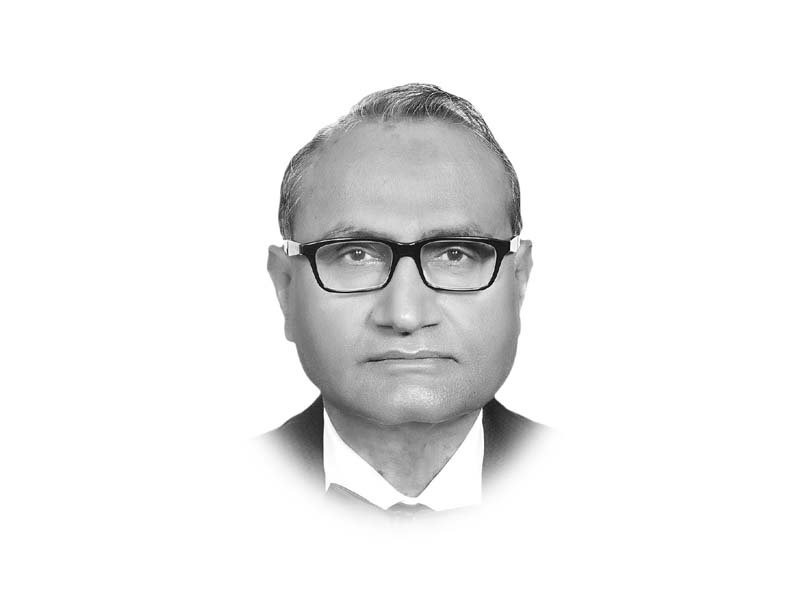
In a TV interview, Imran Khan boasted that K-P was the fastest growing economy in Pakistan. The claim was based on Dr Hafiz Pasha’s latest book. Apparently, the Khan had not read the book. That is why he attributed the achievement to the end of high level corruption, higher investment in the wake of peace ensured by better policing and resurgent tourism during the PTI government. According to the book, the province has registered an average annual growth of 5.2 per cent for the past 15 years. Growth was 5.4 per cent during “Maulana diesel’s” period, 4.9 per cent during the “corrupt” ANP’s regime and 5.1 per cent under the PTI government. The PTI has barely maintained the historical average. There is no difference here between the corrupt and the non-corrupt regimes. Growth, says the book, was mainly driven by remittances from abroad and other provinces, which comprise 20 per cent of the household income. Next in importance was the transport sector boosted by the Afghan transit trade and the Nato supply movement. None of this falls in the provincial policy domain. It is not clear whether Dr Pasha has treated Fata as part of the K-P economy or, like others, ignored it. A study done for the UNDP by Dr Nadia Tahir shows that the share of Fata in the national GDP is around 2 per cent. Foreign and domestic remittances, which according to Dr Pasha form a significant part of the K-P economy, are also the major source of livelihoods in Fata.
Whatever the sources of growth, the main point of the book is that the K-P growth was higher than all other provinces in the past 15 years. In the interview, the Khan could not hide his glee while pointing out that Dr Pasha’s wife is finance minister of the competition, Punjab. During the past four years, the book shows Punjab’s growth at 4.6 per cent compared to K-P’s 5.1 per cent. At the launch of “The Punjab Economic Report 2017” in December last year, “Senior Economist and Consultant Dr. Hafiz A. Pasha highlighted that Punjab was on track to achieving a growth rate of six per cent by the end of the year which would be the highest growth rate in eleven years”, (Business Recorder). The Punjab Report includes Dr Pasha as part of the core team. It shows “a growth rate of just over 5 per cent” for 2015-16. If we compare GDP growth per capita, based on the GDP estimates from the book and the latest population figures, Punjab’s 2.5 per cent is ahead of K-P’s 2.1 per cent.
The last Labour Force Survey relates to 2014-15 and the Household Integrated Survey to 2015-16. In the absence of these important sources of information, the last two years in the book could only be projected, not estimated. This is also why a recent study prepared at the Lahore Chamber of Commerce and Industry stopped at 2014-15. The starting year was chosen as 2010-11to capture the impact of devolution under the 18th amendment and the 7th NFC that fundamentally changed the provincial economies. The study estimated Punjab’s growth rate at 5 per cent per annum. Projecting it into 2016-17 will yield no less.
Let it be clear that the estimates of provincial GDPs are a completely private enterprise. All studies use the official national GDP estimates as the starting point, divide it into provincial shares under a certain set of assumptions for different sectors and come out with growth rates for the period covered. Different studies thus have different results.
Published in The Express Tribune, February 23rd, 2018.
































































COMMENTS (2)
Comments are moderated and generally will be posted if they are on-topic and not abusive.
For more information, please see our Comments FAQ